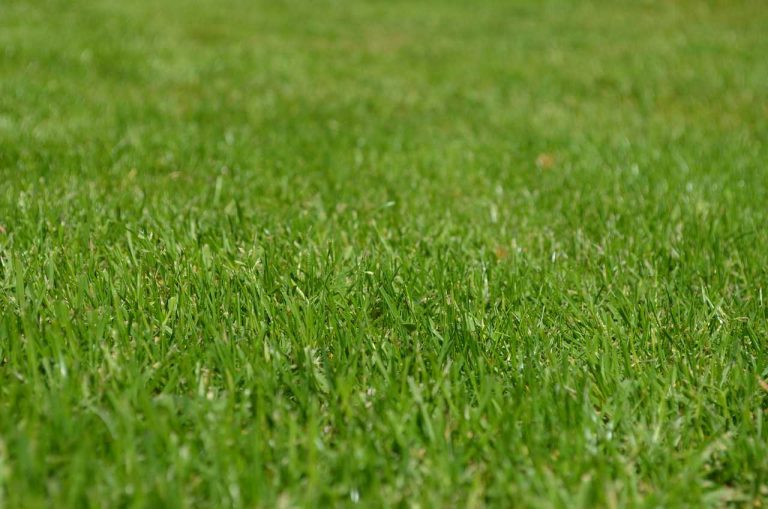Eliminating a tree is a hazardous task that needs to be executed with precise planning. Chainsaws and cutting down trees is not as straightforward as it may seem. It is essential to ensure that surrounding property and individuals are not harmed in the process. There are several approaches that arborists consider when taking down a tree, depending on its location and size. Multiple factors, such as nearby properties, roads, and utility lines, are taken into account before developing a plan for tree removal. Arborists also use specialized equipment such as ropes and rigging to perform their duties. Here are the things arborists evaluate when assessing trees to be eliminated:
- Size of the tree, including its width, height, and lean
- The direction in which it should fall, based on the type of the tree, the existence of utility lines, buildings, and the landscaping around it
- The clearance of the fall zone
Methods for Tree Removal
Every tree is unique, as should be the approach taken to remove them. Various trees might require distinct elimination techniques. For instance, deciduous trees possess wider canopies, which demands alternate tree removal techniques than coniferous trees.
Straight Felling
The most common method of tree removal is ‘straight felling.’ It involves removing the tree as a single entity. This method is only possible if the surroundings permit, i.e., the tree can be felled without causing any damage to nearby property or landscaping. During straight felling, arborists employ guide ropes and wedges to control the tree’s removal, allowing it to fall in a safe and predictable manner.
Sectional Felling
Sectional felling is used when the tree cannot be eliminated by straight felling, due to limited space around it, for instance. The tree is then removed in sections to prevent surrounding obstacles like utility lines, roads, buildings, or landscaping from being damaged in the process. Multiple techniques and methods are used during sectional felling. Arborists even climb up the tree to secure an anchor point, after which they abseil down the tree to work on the bottom limb first and then work upwards. Rigging equipment may also be necessary during this process.
Tree Rigging
Tree rigging is the art of sectional felling, using blocks, pulleys, and ropes to aid in the dismantling of trees or their parts. It encompasses various equipment, including rope types, strengths, wood product properties, and physics. Also, communication between workers on-site is paramount to ensure safety.
The Basics
Tree rigging encompasses a range of complexities. Even a simple rope thrown over a branch, with a ground worker holding on while the arborist cuts off the branch, is classed as child’s play. The worker on the ground guides the branch to the ground, relying on their strength to hold its weight. The climber must weigh the branch and ensure that the rope is the right strength. Variables, such as friction between the branch and the rope or the force the person on the ground applies, make this task even more challenging.
Advanced Tree Rigging
Although the foundational principles of rigging are easy, some arborists use high-end techniques such as HMPE ropes, which don’t stretch at all. Additionally, it involves pulleys with minimal friction, capstan winches on lowering bollards with a tension to 44:1, and laptops connected to dynamometers to calculate angles and cutting forces for tree branch removal surrounded by property or obstacles.
Techniques for Tree Rigging
There are multiple tree elimination techniques, and modern-day arborists apply both basic and high-end tree rigging techniques in their daily work, but all tree felling activities still carry a degree of risk.
Arborists must comprehend the vast forces generated when eliminating branches while lowering wood on ropes. The force generated during the process will eventually transform into sound or heat. Ropes may even melt when lowering a branch section too quickly while under heavy load. In the worst-case scenario, the tree might fail during the removal, producing snapping and breaking sounds. With advances in technology and training, however, these occurrences are rare.
When accomplished with proper planning, teamwork, and equipment, trees can be safely and efficiently dismantled. However, if there is a structural issue with a tree, arborists can use hi-ab, cranes, or even helicopters to take it down.
Final Thoughts
Tree surgeons must have a comprehensive understanding of physics and mathematics, along with their field expertise, to make informed decisions when planning tree removal. Poor training or improper techniques could result in significant costs and threatening outcomes that may be detrimental to the workers and the public. It’s always a good idea to leave tree removal to the professionals!
